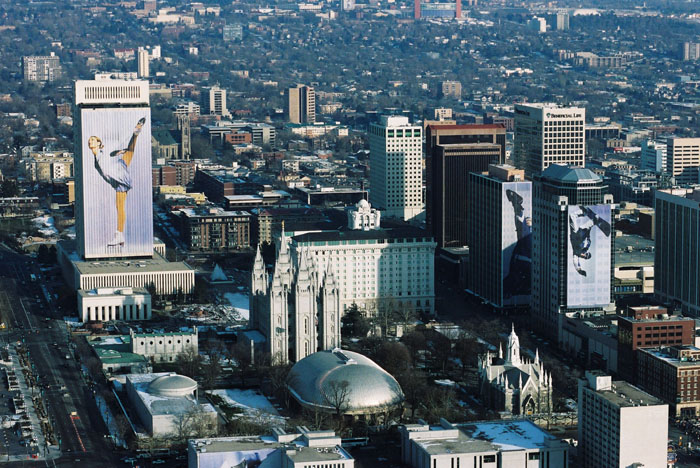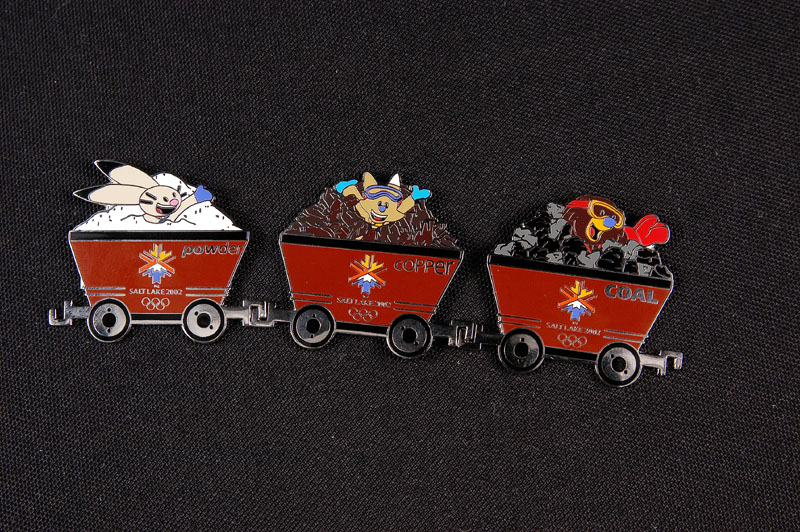In February 2002, Utah threw a party—a huge party, the 2002 Olympic Winter Games. Thousands of athletes from 77 countries traveled to Salt Lake City and nearby areas to compete in 78 different events, and fans from Utah and the world came for the show.
In Short
The games only lasted for 17 days, but they still affect Utah’s economy and its connection to the rest of the globe.
More of the Story
The International Olympic Committee chose Salt Lake City to host the games in 1995. The changes that made this possible began years earlier.

After World War II, more and more people came to Utah on vacation, and tourism became important to its economy. Utah’s red rocks and snowy mountains became known throughout the world. Park City, for example, started to earn money and fame because of its ski resorts instead of its mines.
When the olympics came, Utahns chose animal mascots for the games named Powder, Copper, and Coal—symbols of the natural resources that supported the state’s economy, past and present.
Getting Ready
Hosting the olympics meant a lot of changes to Utah’s roads and buildings, and sometimes it seemed like the construction would never end! The state widened Interstate 15, and the Utah Transit Authority created Trax, a light rail system in Salt Lake City. Sports facilities were built and improved.
From 1996 to 2003, the olympic organizers and others spent 3.5 billion dollars preparing for the games. Utahns—like many other people who have hosted the olympics—asked if it was smart to spend so much money on a few days of fun.

Then, just six months before the games opened, terrorists attacked the United States on September 11, 2001. People throughout the world wondered if the games would be safe. The olympic organizers responded by increasing security at the games.
Helping Out
When February 2002 finally arrived, giant photos of athletes covered buildings in downtown Salt Lake City. A huge cauldron burned at Rice-Eccles Stadium, and the theme of the Winter Games was “Light the Fire Within.”
Many Utahns experienced the olympics as volunteers, or people who work without being paid. More than 26,000 people volunteered for the games, helping athletes, tourists, and people watching the events. Some families hosted visitors from other countries in their homes, and hundreds of people helped with language translation. Even 700 kids joined in at the games as “Children of Light,” who skated with lanterns at the opening ceremony and helped out at awards ceremonies.
Connected to the World
The Salt Lake City olympics ended in 2002, but the games still influence life here. More tourists travel to Utah every year, the state’s businesses have grown, and people throughout the world have a positive image of Utah. The high-quality sports venues from the games make Utah a good place for olympic and paralympic athletes to live, train, and compete. In fact, if Utah had competed as its own country in the 2014 Sochi Olympics, it would have placed tenth overall in medals!
Keep Exploring!